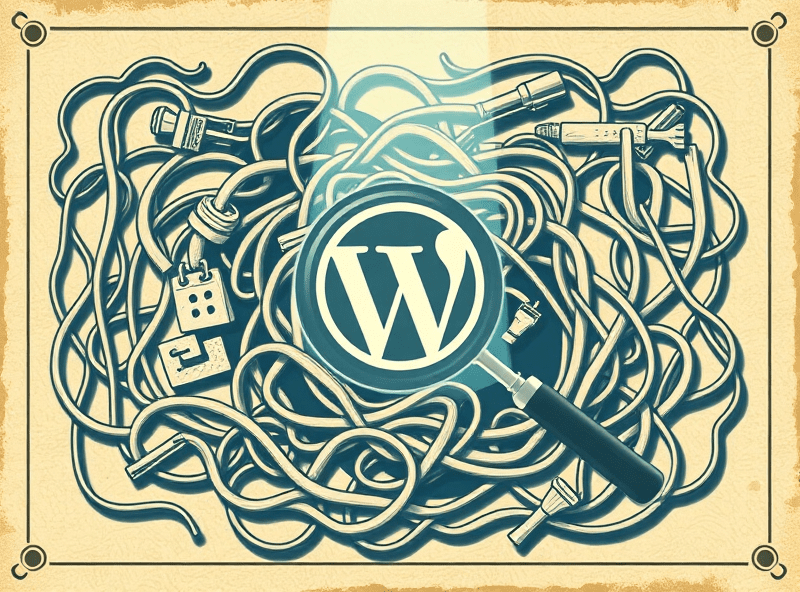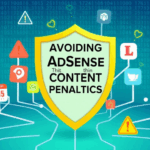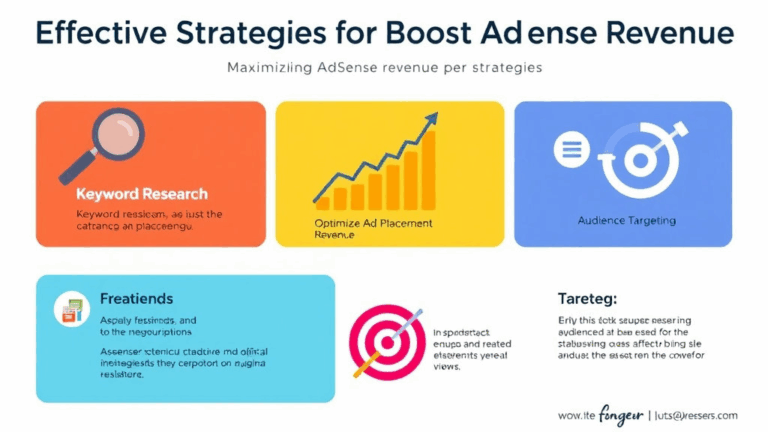Internal Linking Moves That Actually Boost Blog Authority
How Internal Links Pass Real SEO Value (Not Just Hopes and Dreams)
Forget what the plugins promise. Internal links can pass authority — but only if you stop dumping them randomly into paragraphs. If you’re linking just because “Yoast says so,” you’re beefing up an invisible maze, not a network. Think in terms of context flow and how the linking fits with what Google sees as your site structure.
The actual value transfer seems to be less about position (above the fold vs not) and more about the link’s connection to high-quality, topically related content. A link from your most visited, highest-trust post to a buried thing that’s historically ignored? That can work — but do not expect a miracle if everything else is trash.
“I changed one internal link on my top post and the linked page shot up 20 spots in 10 days. I haven’t touched that post in months. Wild.”
Oh, and do not believe that adding 5 internal links to one post spreads the love equally. It absolutely doesn’t. Depending on crawl frequency and page context, Googlebot seems to prioritize the links that match the phrase intent from the original page. This contradicts the flat “all do-follow links are equal” mantra some folks still (weirdly) repeat.
Anchor Text: How Obvious Is Too Obvious?
Exact-match anchor text worked way too well for me… right up until it didn’t. I had a bunch of internal links pointing to my AdSense category page with the anchor “AdSense optimization” — and then, for about a week, it ranked fine. Week two? That page dropped like a rock. Search Console didn’t complain, no spam flags. But I had to undo most of those links, take a break, and let it recover.
There’s a wobbly line between reinforcing topical relevance vs looking like you’re trying to game trust flow. If half your blog uses internal links with exact-match anchors that point to one or two pages, it starts reading like textbook link sculpting.
Stuff That Doesn’t Work (Anymore)
- Using the same anchor text everywhere, even for internal links
- Linking random low-value pages together as a daisy chain
- Burying internal links inside expandable accordions or hidden tabs
- Overloading your ‘About’ page with internal links — it fools no one
- Nested lists with every bullet linking to something unrelated just to juice metrics
If you’re starting clean, rotate between partial match, branded, and contextual anchors (like “my display ad numbers looked weird”) that feel natural. Not every link needs a keyword. Some of my best-performing internal links are one-word nonsense like “here’s the horror story.”
Internal Link Fatigue: Yes, It’s Real
This is probably niche, but if you’re updating older posts with TOO MANY new internal links, the crawlers slow down. Literally. I’d updated a batch of 17 blog posts with fresh internal links to boost my newer cluster, and logs from my host showed a traffic dip from Googlebot that lasted three days. URLs were hitting 304s then just… pausing.
I suspect there’s a capped attention span or crawl budget at play, and when you introduce too many link changes at once but without any new content, Googlebot gets stingy. It doesn’t panic — it just waits. That’s not in the docs, by the way. I learned that the hard way during a content freeze month when I couldn’t publish anything new due to an internal review.
Pro tip: if you’re on Cloudflare, their analytics can often show crawler dips an hour or two before Search Console shows anything weird.
Priority Pages That Deserve Links (But Never Get Them)
There’s always some pages that fly under the radar because they’re not sexy or long or listicles. I’m talking about:
- Paginated archive pages
- Your fallback 404 search links (yep)
- Tag pages with only 2 or 3 posts
- RSS variants with working SSL redirects
- That three-year old post with perfect CTR but no backlinks
Link out from these if they get indexed (yes, even paginated pages still get indexed depending on how bloated your theme is). I once boosted an orphaned post by linking to it from a second-page tag archive that had been hit by bots scraping my categories. Dumb luck? Maybe. But it stuck for six weeks in top ten.
The Weird Effect of Navigation Menus on Internal Linking
If you think adding a link to your navbar counts the same as embedding it naturally in content — yeah, no. Crawlers may follow both, but weight? Totally different. IF your nav changes across templates or has JavaScript-based toggles (thanks, Elementor), certain links in submenus might show up once and then get crawled inconsistently. I’ve seen this in Lighthouse reports and crawl logs with UTM filters stripped out.
Even more bizarre: putting a link in a sticky nav but also repeating it 3 times in the footer somehow triggered better crawl depth than when it was in content but not nav. Maybe it’s the repetition signal?
“Our XML sitemap stopped including four top-value pages… turns out they weren’t linked from any visible nav element, only buried inside articles that bots hadn’t visited in weeks.”
Watch Out For This Platform Quirk
On some themes (especially those using AJAX page loading), nav links don’t send full-page reloads. Crawlers that don’t execute JS (or timeout on it) will literally never follow that link. What’s rendered != what’s crawled. Fun times.
Linking Clusters Without Creating Silos
There’s good reason to group posts by topic — but when it turns into rigid silos where no post ever reaches outside its little sandbox, it starts working against you. I had an ‘SEO’ cluster of 11 pages that only linked to each other. Ranking was fine… until it wasn’t. Injected two links to old unrelated blog stories (on analytics and hosting), and eight days later, one of my articles broke into a featured snippet. Coincidence? Possibly. But it only happened *after* I loosened the silo walls.
Silos that isolate completely signal narrow topicality, which sometimes helps but often reads like over-optimization. Think of clusters more like Venn diagrams than monolithic boxes. Let stuff cross-pollinate.
The Backlink-Internal Link Feedback Loop No One Talks About
You get a backlink to page A. But that page doesn’t internally link to any other content. Effectively the juice goes nowhere. Not a huge problem if A is your homepage or some monster pillar guide — but most times it’s one article with maybe six paragraphs and no SPV after 3 months.
When you get backlinks, look up the pages receiving them and ask: do they link to anything relevant internally? If not, you’re letting PageRank rot in a bucket. When I fixed this and passed internal links from those few “lucky backlinks”, bounce rates dropped, and pages that were getting ignored suddenly started pulling traffic.
Here’s a weird trick:
SELECT p.post_title, COUNT(pl.id) AS internal_links
FROM wp_posts p
LEFT JOIN wp_postmeta pl ON p.ID = pl.post_id
WHERE pl.meta_key = '_internal_linked_to'
GROUP BY p.ID
ORDER BY internal_links DESC;If your CMS stores internal link metadata (they don’t all do), a query like that can help spot neglected posts with traffic potential.
Redirect Chains and Legacy Links That Hurt You Quietly
In one analytics audit, I found 56 internal links — all from older posts — pointing to a URL that redirected TWICE (old permalink style ➝ custom shortlink ➝ new canonical). That added maybe 800ms of load time in some mobile cases, according to Chrome trace, and it was definitely hurting indexation. Fixing them instantly dropped crawl errors and recovered impressions in Search Console’s coverage report.
“I deleted an old redirect plugin and suddenly my top ten posts were linking to dead URLs. Half of them weren’t even throwing 404s because of a server-level fallback. Never trust a plugin you installed in 2017.”
Use your internal crawler (I use Screaming Frog or Sitebulb, but even Ahrefs can pick up some) and look for:
- 301 to 301 chains
- Links with parameters added by plugins (/?utm=…)
- JS-based redirects that collapse on mobile
Then go into your CMS, replace those links with their direct canonical targets, and re-crawl. Do not trust your site to fix this via rel=canonical or plugin-level rewrite. I’ve seen Googlebot completely ignore rel=canonical if the chain gets too long.














